Filter by
737 results found
-

Ecosystem-based tsunami mitigation for tropical biodiversity hotspots
Wanger et al. 2020 Tsunamis have claimed over 260,000 lives this last century, making them the most deadly of natural hazards. In 2018, a tsunami devastated the Indonesian city of Palu and in response the government is planning to build a 7km long, 3.2m high sea wall. This paper suggests a hybrid coastal protection strategy […] -

NbSI discusses Nature-based Solutions with MPs in Westminster
Together with Oxford colleagues, Michelle Cain and Michael Obersteiner, Nat Seddon took part in a roundtable meeting at the Palace of Westminster to discuss “Achieving Net Zero: The Role of Land” with the Net Zero All-Party Parliamentary Group (APPG). Over the course of two hours, they discussed policy and science issues on what it will […] -
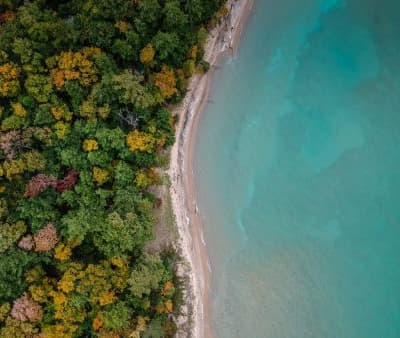
Mobilizing up-scaling of Nature-based Solutions for climate change throughout 2020 and beyond
There is growing global consensus on the importance of addressing climate change and biodiversity loss together. Promoting policy coherence, and broader alignment with sustainable development goals necessitates active collaboration across sectors. Recognizing the importance of this, the European Commission (DG ENV Biodiversity Unit) convened a 2-day workshop to stimulate knowledge exchange between approximately 70 partners […] -
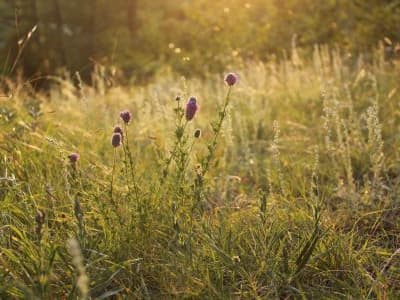
Urban trees in Wisconsin USA
Trees have been shown to cause significant cooling in Madison, Wisconsin. Trees have a cooling effect due to reflecting more sunlight than darker surfaces, and the latent heat of evaporation from leaves. The study showed that daytime air temperature decreased with increasing canopy cover; for example, increasing canopy cover from 0-100% corresponded with a decrease […] -
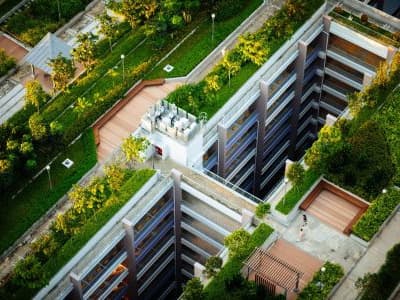
Stormwater green infrastructure in the Mid-Atlantic USA
Use of vegetation in urban areas in the Mid-Atlantic watersheds of Washington DC, Montgomery County and Baltimore County MD, has reduced flooding and nutrient runoff. The ‘stormwater green infrastructure’ in these municipalities includes green roofs, bioswales, rain gardens and stormwater ponds. By increasing infiltration and groundwater recharge, and/or evaporation, they reduce the volume of run-off […] -
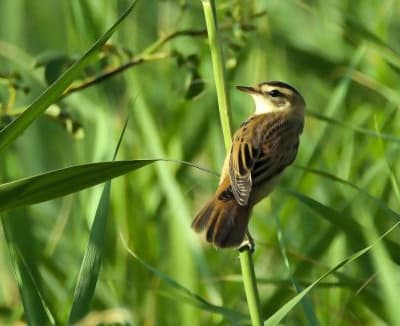
Peatland restoration in Belarus
Balarus is leading the way for peat restoration in Europe. Peatlands cover about 23% of the country, but most of it is degraded or drained. The country’s peatlands have long been seen primarily as a resource for agriculture and energy, but since the 1990s efforts have been made to protect, restore, and sustainably use the […] -
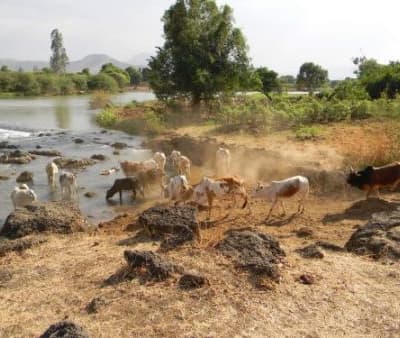
Forest regeneration in Ethiopia
The township of Humbo in Ethiopia had lost most of its surrounding forests by the late 1960s, but a recent initiative is turning this around. 2700 hectares of degraded native forest have been restored since 2006 through a community-based project. The forest was regenerated using a method called farmer-managed natural regeneration (FMNR) involving pruning, management […] -
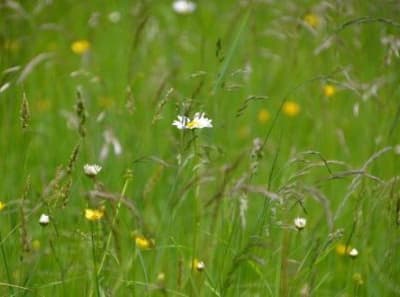
Restoring grassland in England
The re-conversion of winter cereal fields into grassland contributed to the cessation of winter floods in a downstream housing estate in the South Downs of England. In the mid-1980s grassland in the catchment was converted into cereal crops, resulting in the soil holding less water and reducing the amount of rain required for flooding and […] -
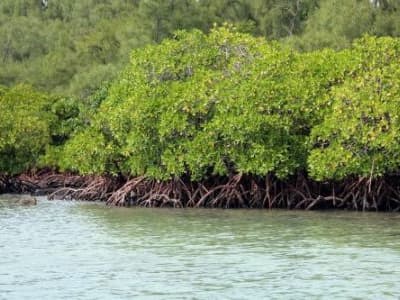
Mangrove protection in India
Mangrove forests in eastern India were shown to protect villages and crops from flooding during a cyclone with 260km/hr winds and a 9m storm surge. The mangroves had been protected from deforestation and overexploitation since 1985. A comparison of inundation and damage between villages found that those further away from mangroves suffered more extensive damage […] -
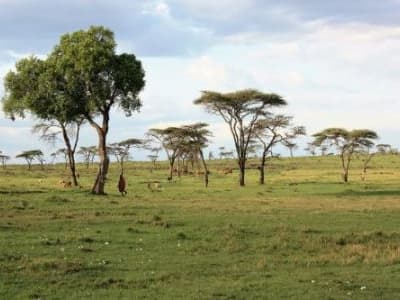
Rehabilitating rangelands in Kenya
Land degradation is a widespread problem in Sub-Saharan Africa, with the majority of agricultural soil being degraded. One of the main causes of degradation is overgrazing, but this can be combated by use of enclosures for livestock. This involves dividing communal land into smaller sections where grazing is concentrated, either with physical fencing or social […] -
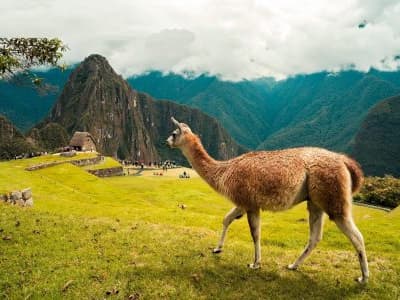
Restoring ancient water supplies in Peru
A community-based NbS project in the Peruvian Andes improved water provisioning whilst permitting grazing of livestock, and has sparked funding and interest in ecosystem-based water management in Peru. An ancient mamenteo canal was restored: a technology that predates the Incan Empire and diverts water from streams during the wet season, increasing infiltration in mountain slopes […] -
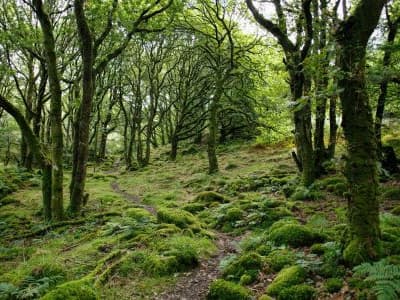
Our letter to the new UNFCCC CoP26 president
Together with a group of UK-based research, development and conservation organisations, we wrote a letter to the new CoP26 President, the Rt Hon Alok Sharma MP, to ask him to consider some clear definitions and guiding principles around Nature-based Solutions and their implementation that should ensure they benefit the climate, nature and people, and to […] -
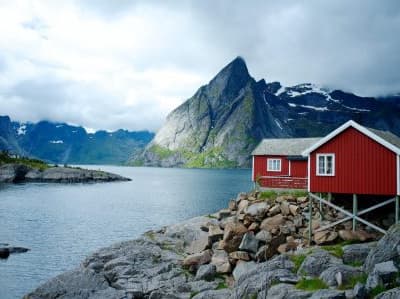
Marshall Islands, Suriname, Norway update NDCs before informal 9 Feb Deadline
Only three of the 197 Paris Agreement signatories have submitted updated Nationally Determined Contributions (NDCs) in time for the informal 9th February deadline. The Marshall Islands accounts for just 0.00001% of global emissions, and so focus on making Pacific Islands more resilient to climate change-induced storms and sea level rise rather than on mitigation. The […] -
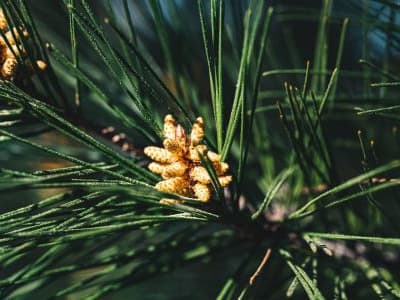
Quantifying cultural ecosystem services: Disentangling the effects of management from landscape features
Tew et al. 2019 Cultural ecosystem services are recognised as important, but are notoriously difficult to define, measure and assign value to. This study of Thetford forest in the east UK uncovered the relationship between cultural values and land management practices, whilst controlling for the influence of landscape features, such as rivers and roads. The […] -
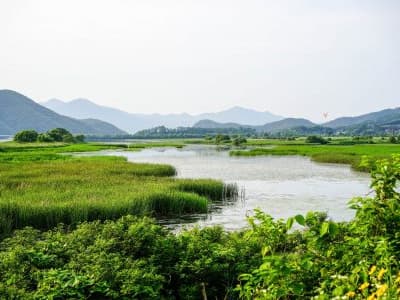
Ecosystem-based Adaptation: A review of the constraints
Nalau et al. 2018 Ecosystem-based Adaptation (EbA) is the preferred approach for adapting to climate change in the least developed and developing countries, in part because it has the capacity to address adaptation of both ecosystems and livelihoods simultaneously. This review paper looks at existing literature on the constraints on EbA use, categorised into: economic […] -

Recent divergence in the contributions of tropical and boreal forests to the terrestrial carbon sink
Tagesson et al. 2020 This paper used satellite data on land cover and a dynamic global vegetation model to estimate the impact of human land use and land cover changes (LULCC) on the contribution of different habitat types to the terrestrial carbon sink between 1992 and 2015. The authors found that tropical and boreal forests […] -
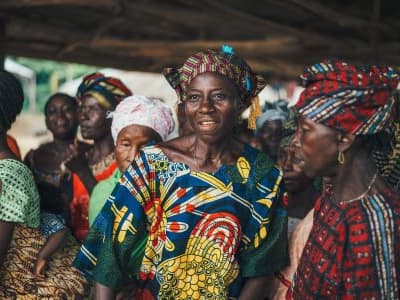
Governance principles for community-centered conservation in the post-2020 global biodiversity framework
Armitage et al. 2019 Conservation Science and Practice It is well established that Nature-based Solutions are often more effective if they are designed and implemented in a way that aligns with the perspectives and needs of local stakeholders. Community-centred conservation follows the same principle and some of the research in this area can be applied […] -

National mitigation potential from natural climate solutions in the tropics
Griscom et al. 2020 Philosophical Transactions of the Royal Society B This paper looks at the potential for natural climate solutions (NCS; a type of nature-based solution) for mitigating climate change in 79 tropical countries. 12 different NCS pathways were defined, split broadly into protection, management and restoration across multiple habitat types (savannahs, farmland, wetland […] -

Nature-based approaches to managing climate change impacts in cities
Hobbie and Grimm 2020 Philosophical Transactions of the Royal Society B This paper reviews current evidence for how Nature-based Solutions can be used to reduce the vulnerability of cities to climate change. The authors give an overview of how certain features of cities amplify climatic hazards, such as the concentration of settlements around rivers and […] -
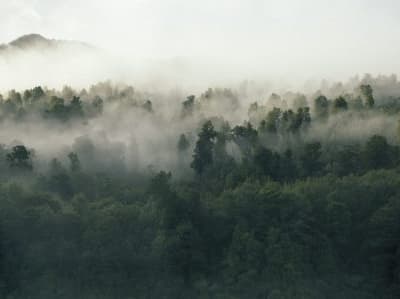
Greater stability of carbon capture in species-rich natural forests compared to species-poor plantations
Osuri et al. 2019 This study looked at the difference in C storage and rate of C sequestration between longer-lived plantations and natural forests, using 2000-2018 data on Enhanced Vegetation Index (EVI) from a natural experiment in the Western Ghats of India. C stocks in monodominant teak and Eucalyptus plantations were 30-50% lower than in […] -

Companies warm to Nature-based Solutions. Greenwashing?
Greenbiz magazine describes Nature-based Solutions as leveraging ‘nature’s inherent genius’. Nature loss puts companies’ supply chains, reputation and financial security at risk, and companies are starting to realise this, encouraged by the World Economic Forum and Business for Nature. According to Greenbiz, so far over 350 companies have made commitments to help reverse nature loss […] -
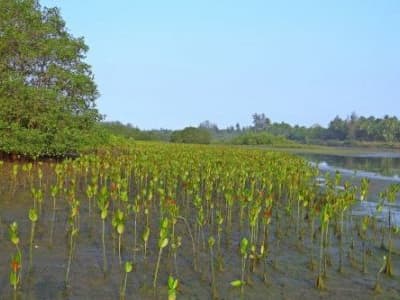
Restoring Sri Lanka’s mangroves
In 2015, Sri Lanka declared that they would protect all their mangrove forests, in order to restore the precious ecosystem services that they provide: carbon sequestration, coastal protection, fisheries support and more. Partnering with two non-profit organisations (Sudeesa and Seacology), the Sri Lankan government has started a programme to protect and replant 35,000 hectares of […] -
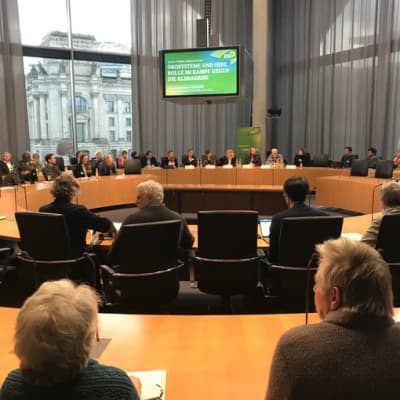
NbSI in the German Bundestag
We were invited by Green MP Steffi Lemke to share our understanding about Nature-based Solutions with a wide-ranging group of politicians, practitioners and scientists in the German Bundestag. This was part of a hearing on the importance of (and limits to) working with nature as a climate solution. There was much discussion about the vital […] -
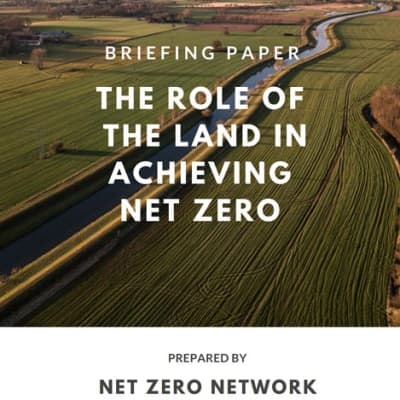
The role of the land in achieving Net Zero
Carbon dioxide emissions must be reduced to net zero to stop global warming. In addition to carbon dioxide, agriculture generates a great deal of methane and nitrous oxide. -
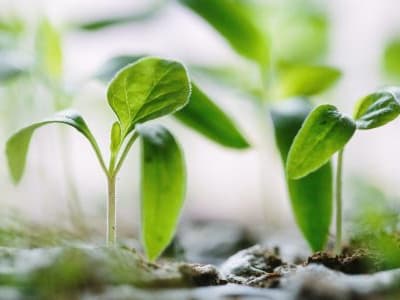
NbSI director interviewed by Bloomberg
‘I haven’t met any anti-tree people yet’ says Marc Benioff, CEO of Salesforce. This is perhaps because whilst tree planting can be a great thing (indeed, an effective Nature-based Solution with manifold benefits), it can also be harnessed by governments and incorporations as a ‘get out of jail card’ by making it appear like they […]
